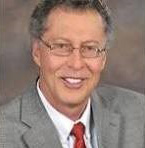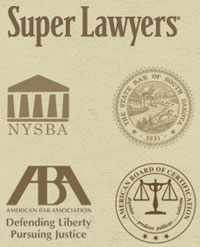Water Systems: A Twofold Look into Physical Security & Cyber Security WEBINAR IEPA# 0000—Illinois Section, American Water Works Association
12/12/14 Water Systems: A Twofold Look into Physical Security & Cyber Security WEBINAR IEPA# 0000
When: Thursday September 4th, 2014
From 12:00 -1:00 PM CDT
Where: Your home or office computer
Presenter: David Ganje
Contact: Marianne Perino
mperino@isawwa.org
Phone: 866-521-3595
Registration Information: Online registration is available until: 12/12/2014
Details
Water Systems: A Twofold Look into Physical Security & Cyber Security
CEU TYPE: Technical
WEBINAR TYPE: Technical
IEPA#: 0000
Summary: A security threat to a water system may include the deliberate elimination/destruction of the safe water supply or the disruption of the delivery of the safe water supply for residential, commercial, industrial and agricultural purposes. System threats can come from within a water systems organization or from the outside. External threats include terrorist activities and civil disobedience. Threats may range from trespassing, tampering and vandalism to sabotage, theft and terrorism; these threats may be of a physical nature or they could be non-physical such as a cyber attack. Terrorist threats have been made against water systems. In most instances, the specifics of such attacks are unknown to most systems operators. Hazards from these threats include loss of power and communications, SCADA (supervisory control and data) cyber attack, explosions, intentional fires, chlorine release, broken water mains, chemical or biological contamination, pump failure, dam failure or storage tower failure. The focus of this presentation will address: conducting an on-site security audit using recommended national systems as well as local public and private resources.
http://www.isawwa.org/resource/resmgr/headshots-people/ganje.jpgPresenter: David Ganje, Ganje Law Offices
REGISTRATION & HOURS: This webinar will begin at 12:00pm and conclude by 1:00pm CST. Earn up to 1 PDH or RTC hour. After registering with Illinois Section AWWA, attendees will be furnished via email with all materials and links needed to participate in the webinar. Questions? Call 866-521-3595 Ext. 3





